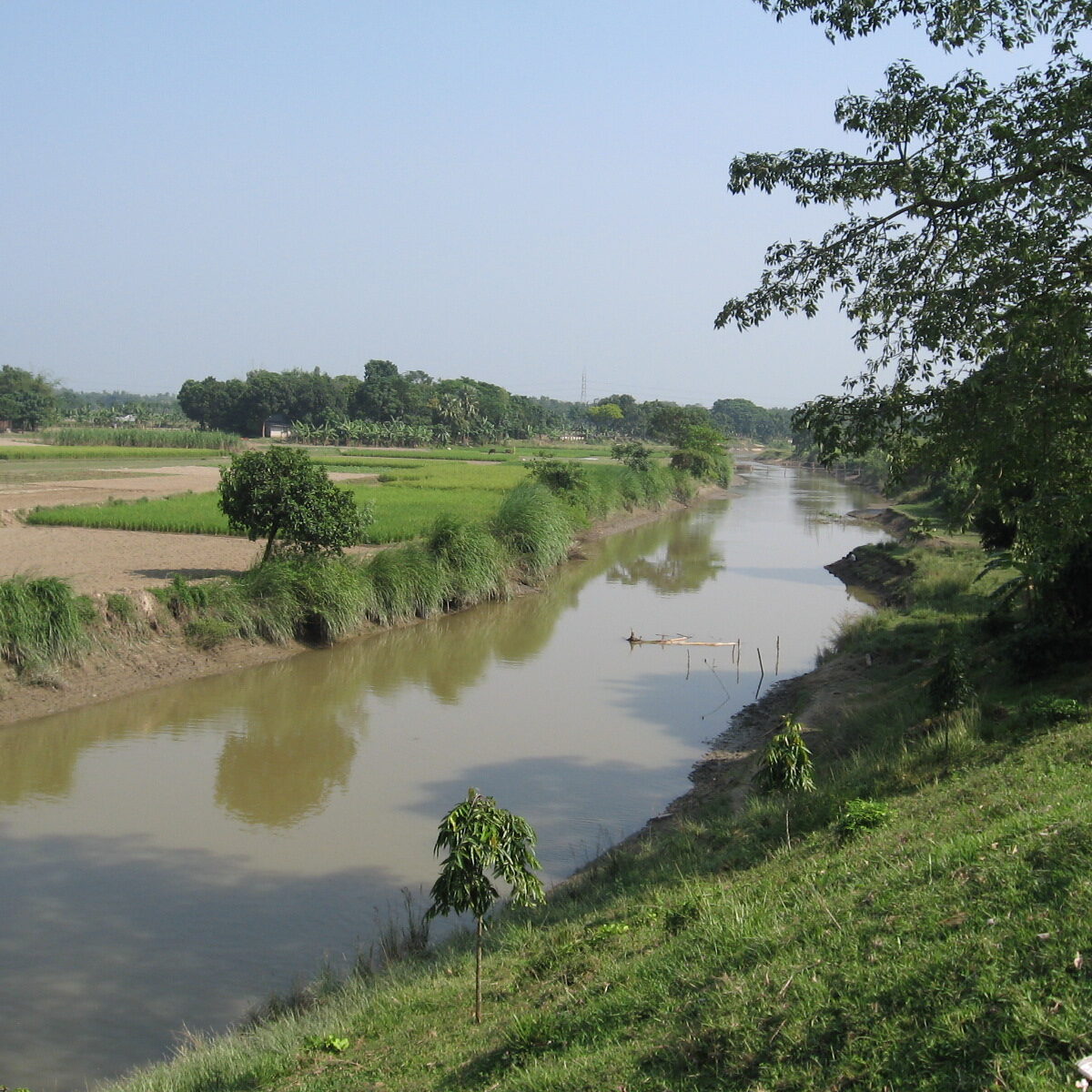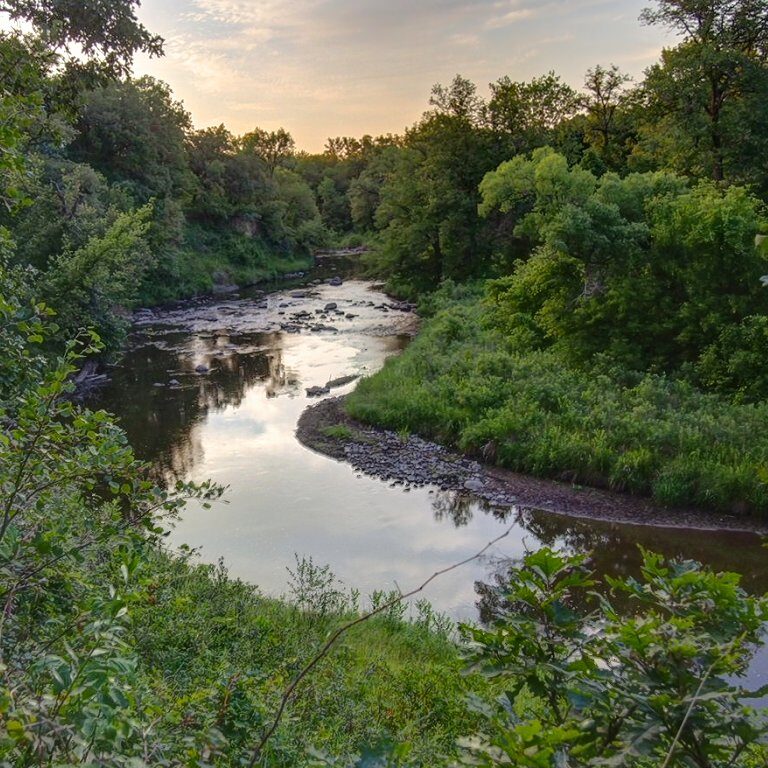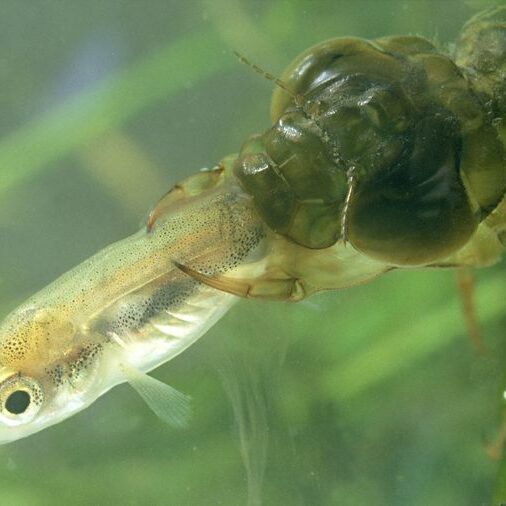explore
Fish

Water Relationships
It's easy to figure out why water is so important for fish - without it they would not be able to breathe! We use lungs to pull oxygen out of the air; fish use feathery-shaped gills to pull oxygen out of the water. Both lungs and gills are filled with blood vessels. Fish breathe by taking water in through their mouths. As water passes over the gills' thin walls, oxygen (dissolved in water) moves into the blood vessels and then into the fish's cells. Fish spend all of their life cycle in water, and they depend on different freshwater ecosystems as they grow. For example, when breeding or resting, they need shelter from predators, places where the water flow is slower and where logs, rocks, or plants can provide cover.
Riverbank and Shoreline Relationships
Fish do not have as significant a relationship with the shoreline or riverbank as other animals. However, depending on the time of year and water temperatures, experts believe that as long as there is cover like brush, aquatic plants, logs, or reeds and enough food near the shoreline, fish will gravitate to the shallower waters to regulate their temperature and hunt for prey.


Plant Relationships
Fish rely on aquatic plants and algae for food, shelter, and places to hide from predators. Without suitable vegetation in water and near shorelines, fish will be unable to survive in their environments.
Relationships with Other Animals
Depending on the type and size of the fish, these creatures sometimes serve as the top predators in an ecosystem, or as both predator and prey. Any change in a population of fish then has an impact on the animals they feed on, or that feed on them. Fish also act as important links between different aquatic habitats and between terrestrial and aquatic ecosystems. When fish move between different aquatic habitats or when they are eaten by land animals, the nutrients they've eaten in one place are moved to another. Additionally, the fast movements fish make while swimming tends to stir up the top layer of the river bed, giving filter feeders easier access to their food. Fish are essential to maintaining health and balance in the freshwater ecosystem!


Weather Relationships
In colder periods when water freezes, fish tend to stay deeper in the water where it's not frozen so they can move around. Although they are less energetic during winter, they still need to keep moving so they can breathe. If their water habitat gets shallower due to drought, more of the lake, river or wetland will freeze during the winter because of the lower water level. This puts fish survival at risk.